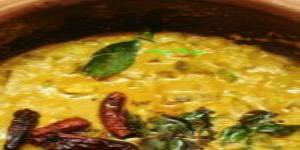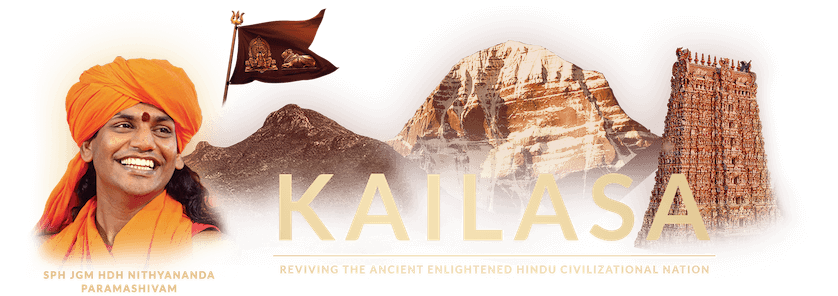
Scope
Curry is an anglicised form of the Tamil word Kai meaning ‘sauce’ or gravy that uses the leaves of the curry tree (Murraya koenigii). As you will see below, there are numerous varieties of curries described in the Bhaga Shastra. Kai is described in a mid-17th century Portuguese cookbook by members of the British East India Company, who were trading with Tamil merchants along the Coromandel Coast of southeast India. Curry uses a complex combination of spices or herbs, that is ground to a powder or paste. A basic curry will contain turmeric, cumin, coriander, fresh or dried chilies. Curry is generally prepared into a sauce or gravy. Curry dishes prepared in the southern states of India, end with a
seasoning of curry leaves, mustard, cumin, and asafetida (where required). The mention of chillies in the many recipes of the Bhaga Shastra is a clear indication that this spice has existed in India for atleast 60,000 years, much before the invading Europeans came to plunder India. And therefore, was not introduced into the sub- continent by the Portuguese, as is widely claimed.
There are many varieties of curries. For example, in traditional cuisines, the precise selection of spices for each dish varies as per regional and cultural tradition, religious practice, and, also sometimes, family preferences. These dishes are called by specific names that refer to their ingredients, spicing, and cooking methods. Spices in curries are used both whole and ground, cooked or raw, and they are added at different times during the cooking process to produce different results. The main spices found in most curry powders of the Indian subcontinent are coriander, cumin, and turmeric. A wide range of additional spices are included depending on the geographic region and the foods being included.
Curries can be dry or wet. Dry curries are cooked with very little liquid which is allowed to evaporate, leaving the other ingredients coated with the spice mixture. Wet curries are sauce or gravy based where the spices are ground to a paste with coconut, tamarind and the like or thickened with coconut milk, legume purée, yogurt/curd, etc. used as a relish for rice. The well known Madras Curry Powder, consumed hugely in the West, is an invention of the British who became enamored by the spicy, tangy dishes of South India, during the rule of the East India Company. This curry powder is a diluted version of the kari powder, made to suit the bland palate of the West. The curry powders are thought to have first been prepared by Indian merchants for sale to members of the British Colonial government and army returning to Great Britain.
Curry originally referred to vegetarian gravy dishes in India. But today the word has a wide application, across vegetarian and non-vegetarian gravy dishes in most of Asia, and the dishes invented (fusing in local recipes, herbs and spices) and consumed by the Indian diaspora spread across Africa, the Caribbean islands, Australia, US and Europe.
Ingredient and Process of Cooking
Raw Banana – 24 palam
Green Gram – padi
Ghee – 2 ½ palam
Chilly – ¼ palam
Mustard Seed – ¼ palam
Black Gram – ½ palam
Bengal Gram – ½ palam
Water – 3 veesam 3/16 padi
Water – padi
Tamarind – ½ palam
Powdered Salt – ½ palam
Karima Powder – ½ palam
Grated Coconut – 3 palam
1. Remove the edges and skin of the raw banana and grate it. Take out the stone and sand from the green gram and mix it with grated banana along with little water.
2. Gently mix and remove the water, by doing it we can avoid small dirt from the raw banana and dhal. Take the ghee or oil in a vessel which has not become sticky by frequent cooking and heat it.
3. Then temper with mustard seed, bengal gram and chilli as described in the recipe no. 22. Add the required water to the tempered mixture and then mix the dal and banana mixture to the water and cook it with closed lid.
4. Take the water and tamarind in a lead coated vessel and squeeze the pulp without any seed or residue. Add this water to the banana when the dal has completely cooked.
5. Then add salt, karima powder and mix it nicely and cook for 7 or 8 minutes or until all the water has been absorbed and the curry is little dry. After taking out from the fire add the grated coconut and serve.
References
Hindu Bhaga Sasthiram: Click Here
Hindu Compliance Body
The Hindu compliance body was established under the executive order of The Supreme Pontiff of Hinduism, dated August 14, 2020, order number 10010, under the title Reviving the Hindu Compliance System and Body
to create, promote, spread and teach the standard procedures for all products and services that are in compliance Hindu Shastras.
Copyright
HCS has the copyright of all its publications. No part of these publications may be reproduced in any form without the prior permission in writing to HCS. This does not preclude the free use, in the course of implementing standard, of necessary details mentioned above. Enquiries related to copyrights to be addressed to KAILASA.
